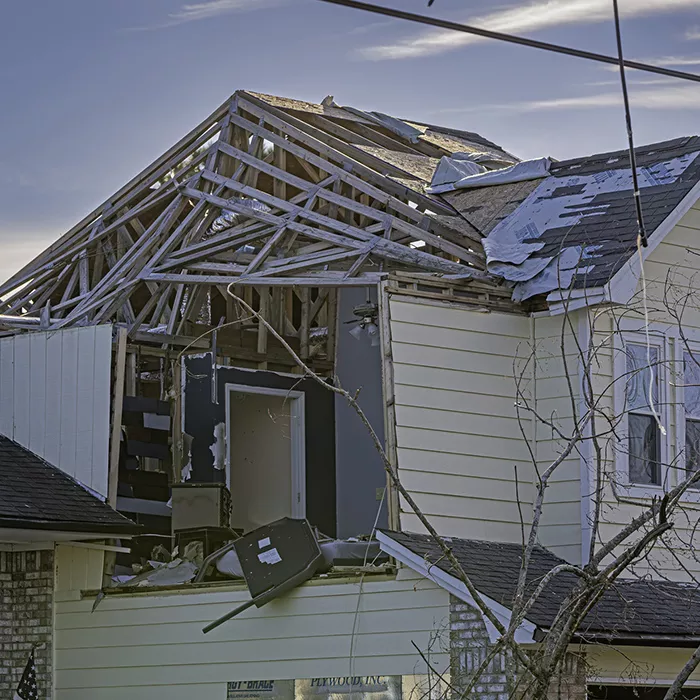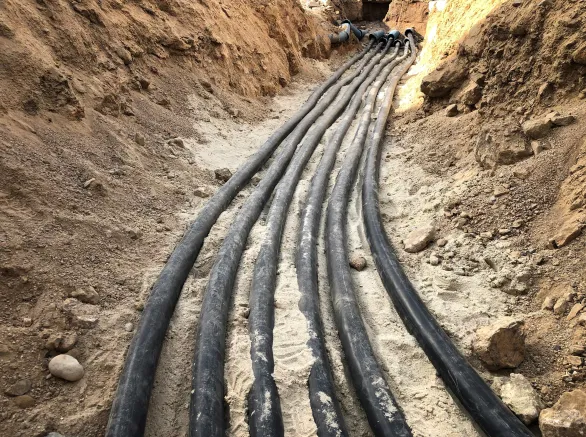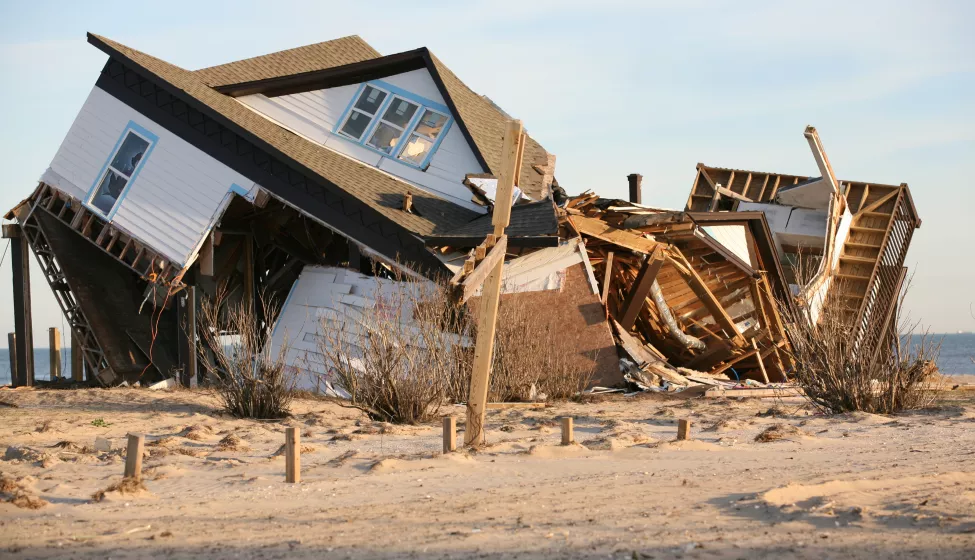May 9, 2025
Hurricanes are costly natural disasters that have unfortunately been increasing in intensity in recent years. With winds sometimes exceeding 100 mph (161 kph), hurricanes can tear apart roofs, siding, windows, doors, and more. When assessing hurricane-damaged buildings, it is sometimes difficult to differentiate between the conditions attributable to the storm or other causes.
In their paper "Hurricane Damage to Residential Structures: Wind Damage Overview," Exponent's Kasra Ghahremani, Sam Amoroso, and Bob Bailey describe the type and severity of damage that hurricane-force winds can cause to homes and how to differentiate hurricane damage from previous or unrelated structural and component damage.
For example, the authors describe typical hurricane wind-related damage and several frequently cited damage types that are unlikely to have been caused by wind. These differences are key for homeowners, insurers, and courts assessing hurricane damage. Specifically, hurricane damage can include structural failures like roof framing damage and wall collapses. Hurricane winds can also damage roof coverings, windows, and doors and compromise the integrity of the building envelope, allowing water to enter the house.
In contrast, structural deficiencies, long-term soil movement, inadequate waterproofing, or deferred maintenance all can cause structural and building envelope damage unrelated to hurricanes. Read more about how to spot the differences in their published work, featured in Forensic Engineering 2024.

"Hurricane Damage to Residential Structures: Wind Damage Overview
Read the full article with log in here
From the publication: "Properly identifying hurricane damage is essential for a comprehensive understanding of the impact of these weather events on houses. It enables targeted mitigation efforts, more efficient resource allocation, more accurate insurance claim adjustments, and better long-term resilience planning."
Insights



